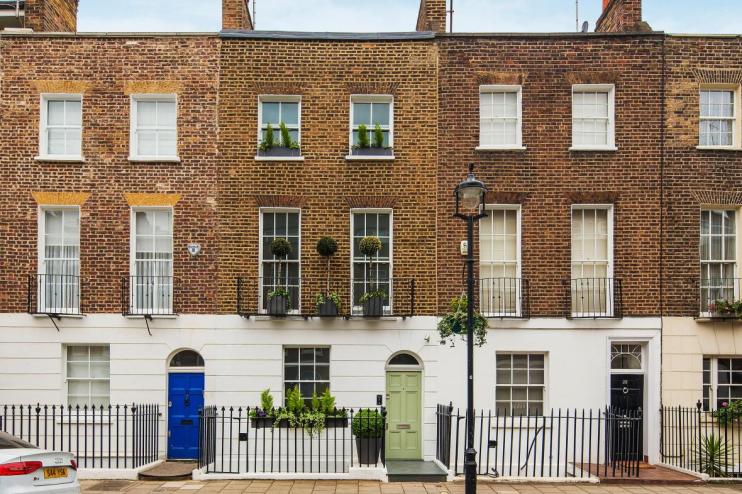House prices rise but annual growth slows to 7.6 per cent as ‘steadier period’ predicted

Houses prices rose again in July but slower annual growth suggests the market may be ‘cooling’, according to Halifax House Price Index data published today.
The average cost of a property in the UK is now £261,221, up 0.4 per cent from June, adding £1,122 to the price of an average house.
Annual growth fell to its lowest since March, at 7.6 per cent for July compared to 8.7 per cent in June.
With house prices up by 13.8 per cent compared to last year, Wales saw its strongest house price growth since 2005. For Yorkshire too, its gain of 11 per cent, is the highest recorded in over 16 years.
Meanwhile annual inflation in London continued to lag behind other regions, at 2.5 per cent, along with the South East and Eastern England areas where growth was the lowest in the UK.
End of stamp duty holiday
Russell Galley, Managing Director, Halifax, said: “This easing was somewhat expected given the strength of price inflation seen last summer, as the market began its recovery from the first lockdown, and with activity supported by the start of the stamp duty holiday.”
Galley continued: “Recent months have been characterised by historically high volumes of buyer activity, with June the busiest month for mortgage completions since 2008. This has been fueled both by the ‘race for space’ and the time-limited stamp duty break.”
With the end of the stamp duty, Galley predicted: “buyer activity should continue to ease over the coming months, and a steadier period for the market may lie ahead.”
Martin Beck, senior economic adviser to the EY Item Club, a non-governmental economic forecasting group, noted that the rise in house prices according to Halifax contrasted with a fall in Nationwide’s index. Both however, he said, show “tentative evidence” that the end of the stamp duty holiday on 30 June has had a limited impact on the housing market.
Other factors – including the furlough scheme, low mortgage rates and the savings accumulated by people during the pandemic – have instead supported house prices, Beck said.
Stamp duty, agreed Lucy Pendleton, a property expert, is “a distant memory.” Pendleton said: “London, which hasn’t seen prices grow as fast as the rest of the country since the pandemic began, is getting back on the front foot. Workers, particularly young professionals, are moving back into the centre of town.
Higher demand
Jan Crosby, UK head of infrastructure at KPMG, was less optimistic: “While the market is buoyant, overall annual growth is slowing and we are seeing much higher demand than supply, with owners nervous about putting their properties up for sale in case they can’t find the right home to buy, leading to low stock for estate agents.”
Crosby admitted that the “vicious cycle” would be difficult to escape but time would tell how it impacts the market over the coming months.
Knight Frank head of UK residential research Tom Bill had a more confident outlook. Bill said: “The gravitational pull of strong demand and the creeping sense that the worst of the pandemic may be behind us means more prospective sellers returning from their summer break will decide to sell.”
As a result, he said, Knight Frank expects house growth in the UK to reach 5 per cent by the end of 2021, after peaking in the summer, meaning “sellers that act sooner rather than later may benefit from more buoyant prices.”
The Halifax House Price Index is a running monthly house price series for the UK which started recording data in 1983.